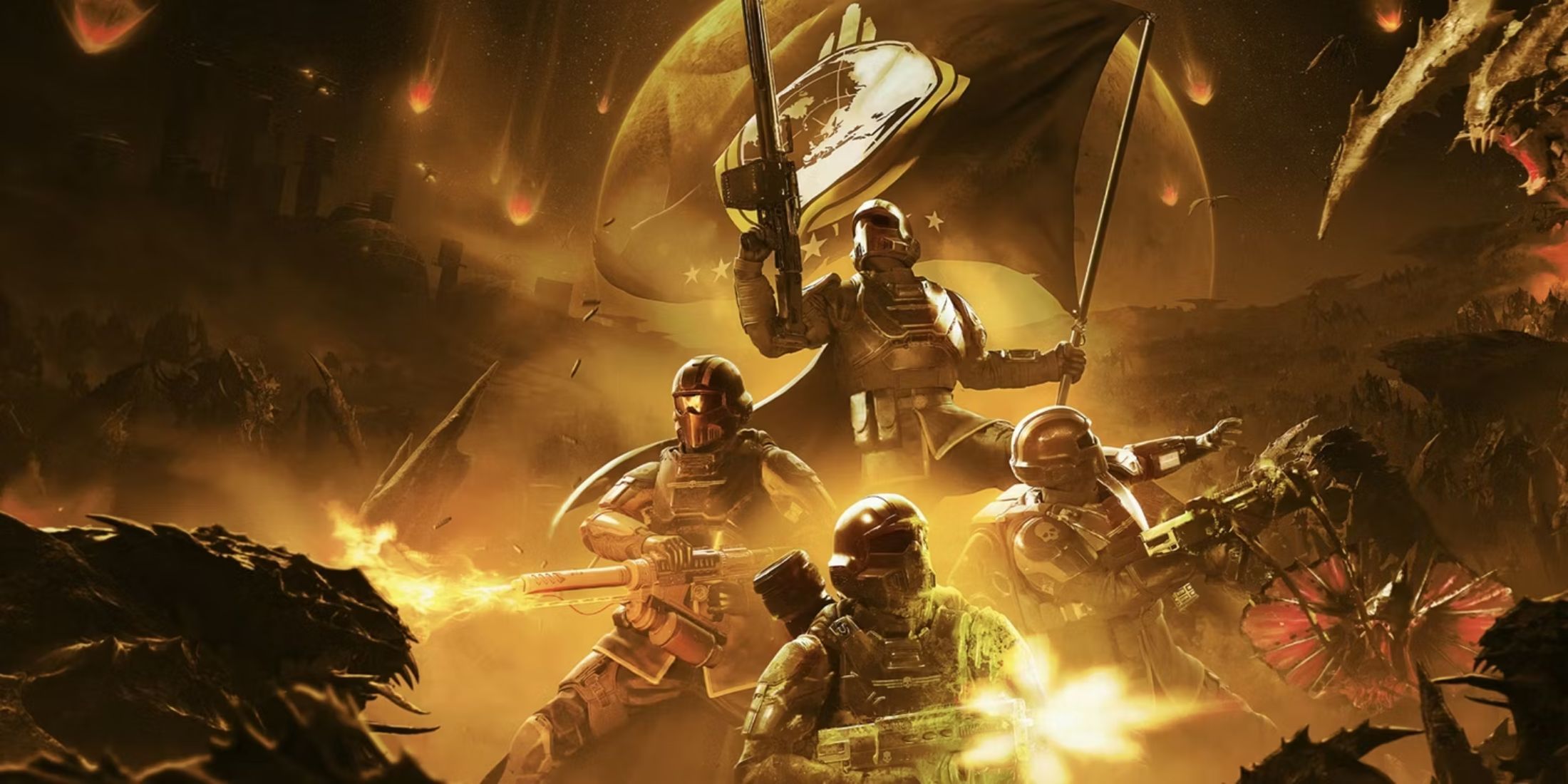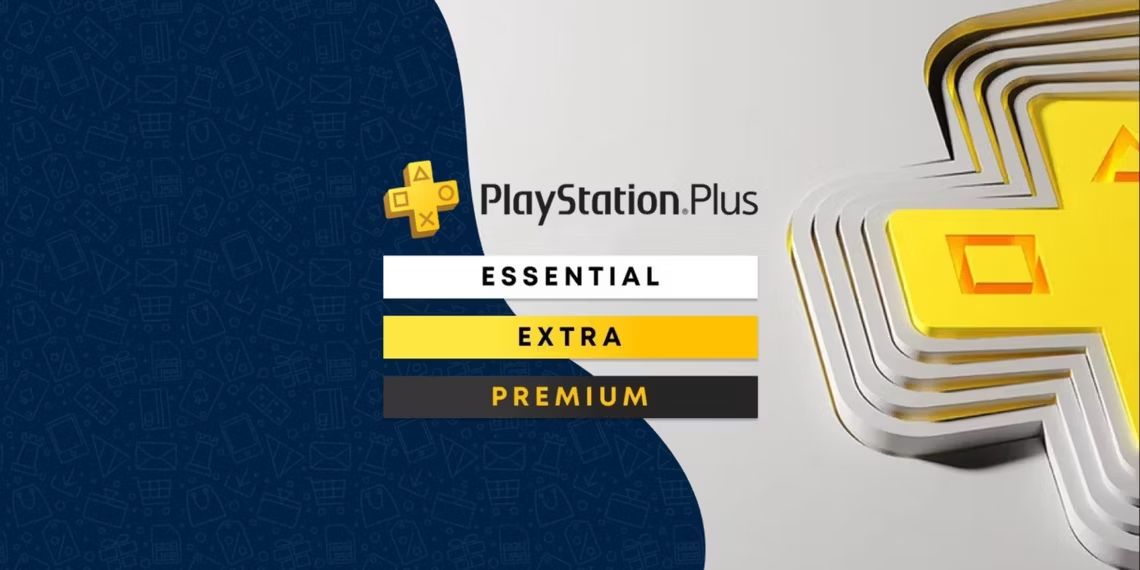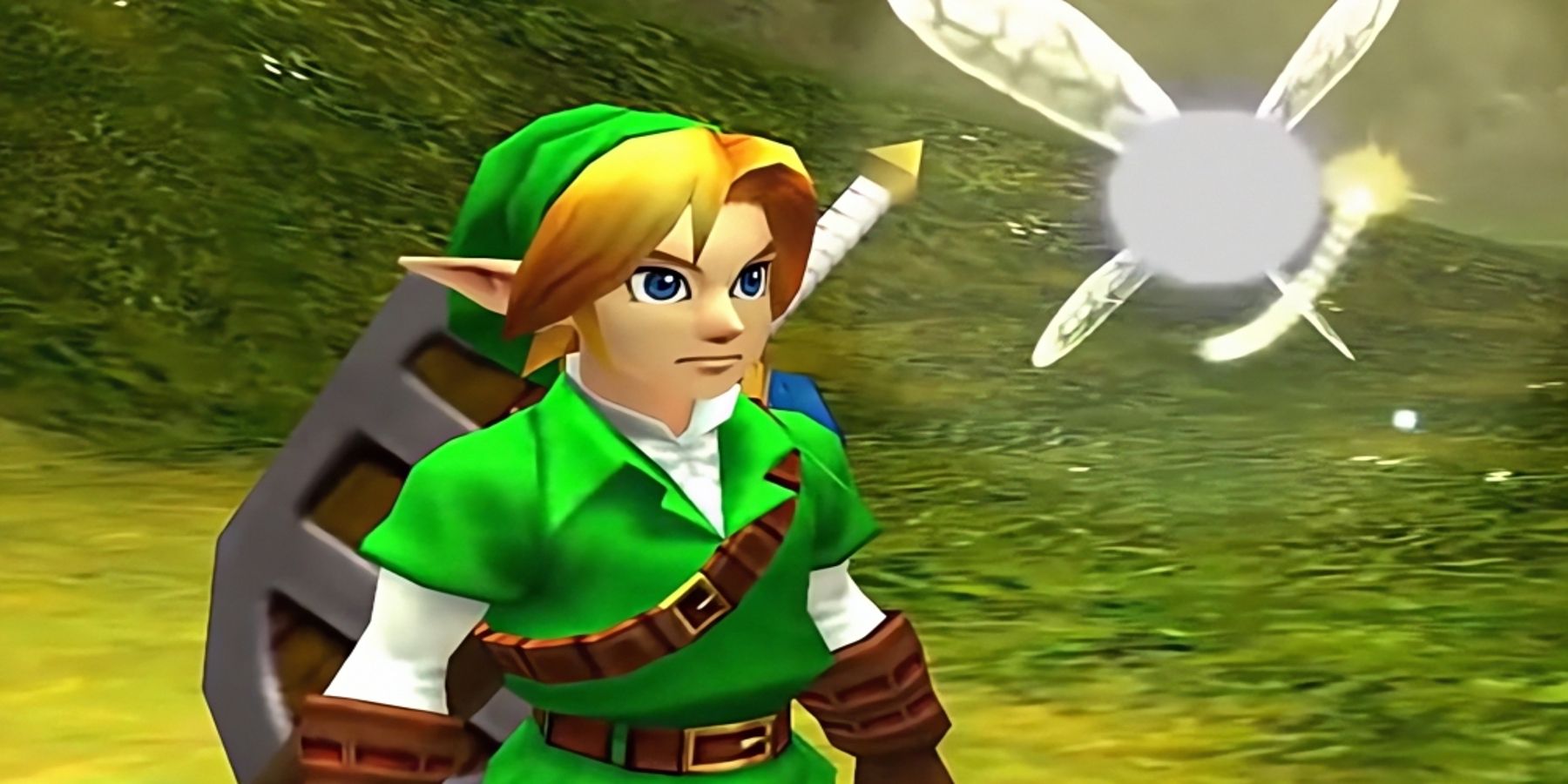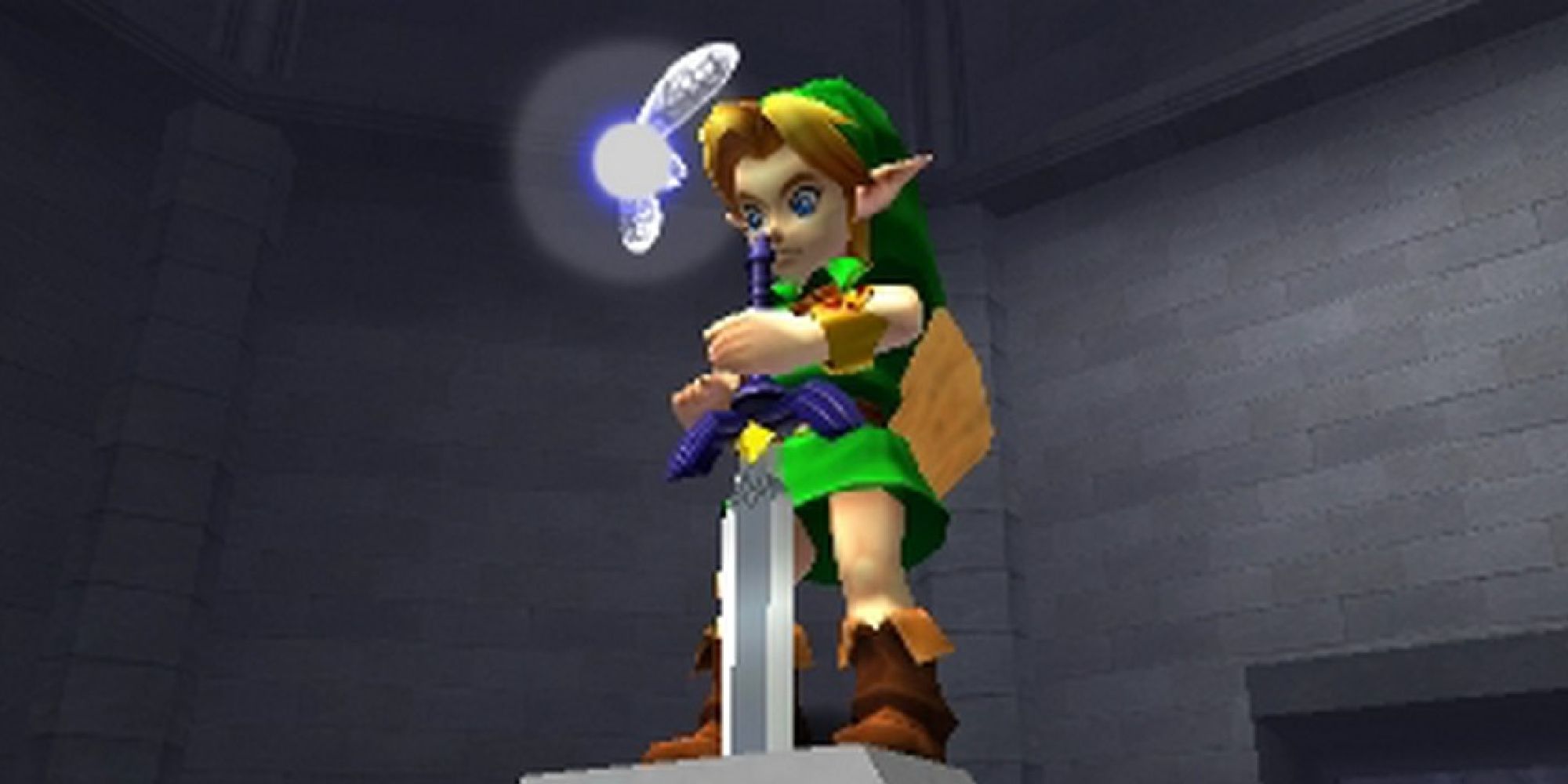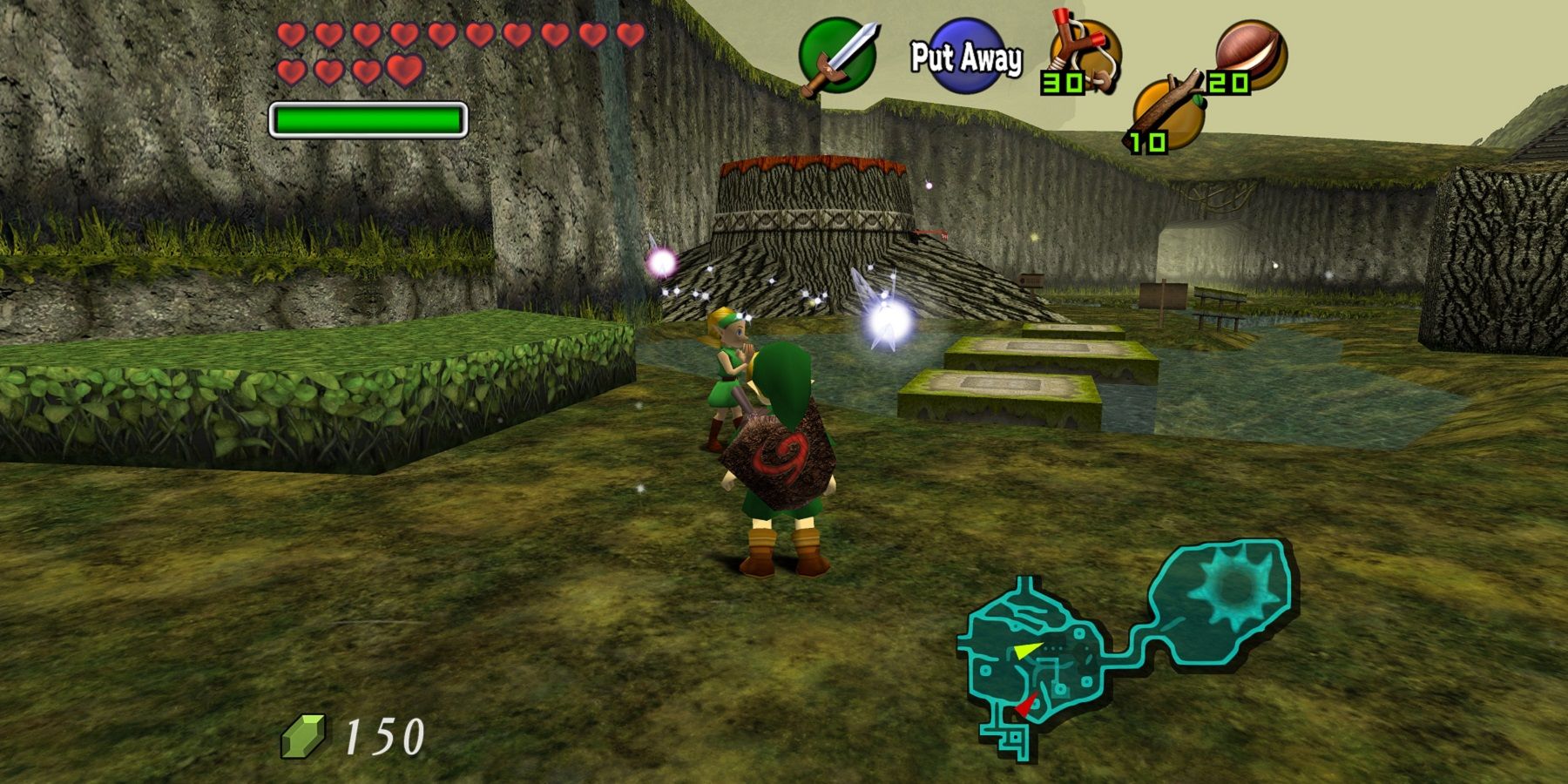Over its many games, The Legend of Zelda has been host to a variety of colorful characters from the likes of Sheik, Tingle, Midna, and more, but few are as memorable as Navi, introduced in The Legend of Zelda: Ocarina of Time. Serving as Link's companion through what would become one of Zelda's most iconic entries, Navi is widely recognizable and well-known within the gaming community. However, she is as equally divisive, with many The Legend of Zelda: Ocarina of Time players expressing frustration and annoyance at her unhelpful interruptions, to the point that her cries of "Hey! Listen!" has become a common joke across other games.
While criticisms against her design and implementation are fair, players can be overzealous in discrediting the usefulness and need for a companion like Navi, especially when countless theories have spawned following her departure at Ocarina of Time's ending indicate players' attachment to her. Between her intended purpose and the challenges of new game design, Navi could arguably be described as a necessary evil for Ocarina of Time; the game might not have succeeded as well as it did with Navi, even if Shigeru Miyamoto wasn't a fan himself.
Navi Was Needed For Zelda's First 3D Game
For as much as Ocarina of Time continues to be one of Zelda fans' favorite games, it was influential not just for the series itself but for gaming in general. With an industry entrenched in 2D gaming formats, the shift to 3D gaming was precarious, but Nintendo appeared to lead the charge with the likes of Ocarina of Time and Super Mario 64. The latter, for example, made the decision to allow the player to control the "camera," something unheard of in 2D games, leading Nintendo to create a character behind-the-scenes specifically for Super Mario 64, so players could better understand the concept.
Navi is another example of Nintendo attempting to ease players into new ideas for game design. In a 3D environment for a game that is often combat- and puzzle-centric, being able to direct the player's character and target anything of importance is vital to a good gameplay experience. Preempting this, Nintendo created the Z-Targeting mechanic which allowed players to lock onto things. But in order to best direct the player's attention and ensure that even the most novice of players understood what to do, Navi helped facilitate this function, with further features planned in early builds of Ocarina of Time.
Additionally, while games like Super Mario had always enjoyed straightforward premises, Zelda games were more complex, often requiring players to visit various dungeons, acquire unique items, and finally go toe-to-toe with Ganon. For 2D games, players had an overhead view of the world like in A Link to the Past, giving them a sense of where to go. With the transition to 3D's over-the-shoulder design, this would become more difficult. Navi therefore helps guide the player, owing her name to the word "navigation," and will often chime in to provide hints and directions for what the player should do or where to go.
A Relic Of Old Game Design
Though later Zelda games somewhat followed the trend of providing Link with a guide, such as Tatl in Majora's Mask and Fi in Skyward Sword, the further gaming progressed and acclimated to 3D game design, the less these companions were needed. Some Zelda games were beginning to be criticised for holding the player's hand too much. This has resulted in more independent, player-driven games like Breath of the Wild. Navi then was just the first instance of Nintendo doing its best to ensure its games could be understood.
This is likely why Navi or even the likes of Midna or Fi have yet to return to Zelda games, even if they remain as loose threads in the tapestry of Zelda canon. Their functions have become vestigial in terms of modern game design and their inclusion now would likely be perfunctory for the sake of nostalgia and fan service. However, this hasn't stopped some fans from speculating on where Navi went following Ocarina of Time or whether Link ever found her again as suggested in Majora's Mask, indicating that while annoying, Navi holds a special place in fans' hearts and The Legend of Zelda lore.
The Legend of Zelda: Ocarina of Time is available now on 3DS, GameCube, Nintendo 64, and Nintendo Switch.


